Peanut Butter
Original price was: ₦2,500.000.₦1,700.000Current price is: ₦1,700.000.Golden Morn
Original price was: ₦9,500.000.₦8,800.000Current price is: ₦8,800.000.Milo
₦3,500.000 Original price was: ₦3,500.000.₦2,500.000Current price is: ₦2,500.000.
Milo is a chocolate and malt powder typically mixed with hot water or milk (or both) to produce a beverage popular in Oceania, South America, West Indies, Southeast Asia and parts of Africa. Produced by Nestlé, Milo was originally developed in Australia by Thomas Mayne in 1934.
Description
The recipe for the standard product has remained almost exactly the same since its creation in 1934, the only variation being in the added minerals and vitamins.
Standard Milo consists of four main ingredients: malted barley, milk powder, sugar and cocoa.[19] It contains 1,680 kJ (402 kilocalories) in every 100 g of the powder, mostly from carbohydrates. Carbohydrates can be used for energy by the body, which is the basis of Milo being marketed as an energy drink. Most of the carbohydrate content is sugar. The New Zealand version of Milo is 46 percent sugar.[20]
Milo dissolved in water has a glycemic index (GI) of 55.[21] However, milk has a much lower GI of 30 to 33, so mixing a very small amount of Milo into a mug of milk yields an overall GI closer to 33, however adding a lot of Milo into a mug of milk, yields an overall GI that is closer to 55.[22]
Milo is high in calcium, iron and the vitamins B1, B2, B6, B12. Milo is advertised as containing “Actigen-E” which is Nestlé’s trademarked name for the vitamins in the Milo recipe.[23] It also contains some theobromine, a xanthine alkaloid similar to caffeine, which is present in the cocoa used in the product.[24][25]
A study conducted in Malaysia by the ‘Nutrition Society of Malaysia’ suggested that Milo and similar products made children who consumed them “more likely to be physically active and spend less time in front of a computer or television”.[26] A 2017 New York Times article found that Nestlé had been financing the society and vetting the articles before publication, leading to questions of scientific impartiality.[27][28] The high concentration of sugar, and the presence of maltodextrin, also raised whether the product should be marketed as a health product.

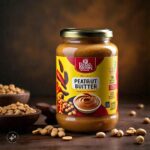
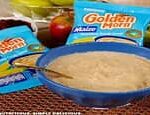
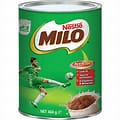
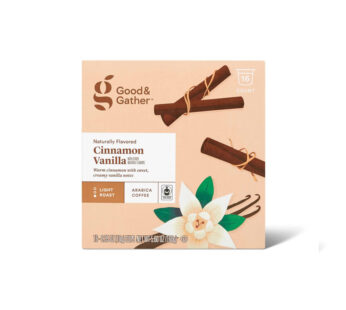
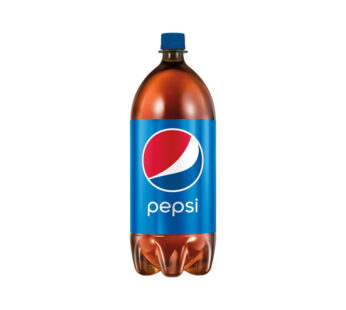
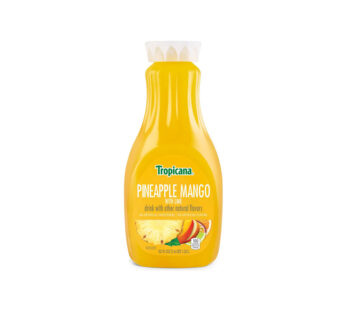

Reviews
There are no reviews yet.